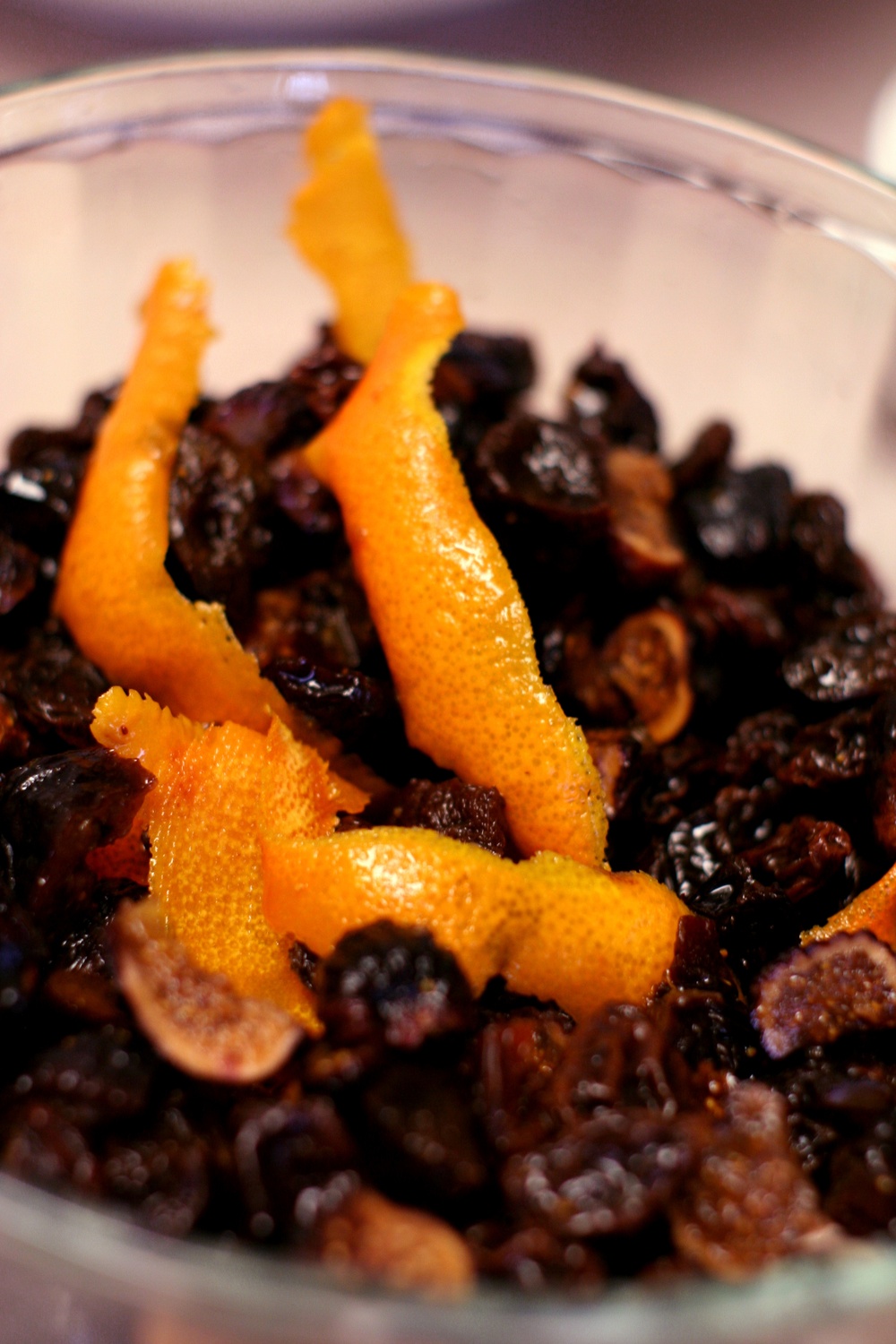|
Marine Pharmacognosy
''Halichondria'' produces the eribulin (Halaven) precursor halichondrin B ">halichondrin_B.html" ;"title="eribulin (Halaven) precursor halichondrin B">eribulin (Halaven) precursor halichondrin B Marine pharmacognosy is the investigation and identification of medically important plants and animals in the marine environment. It is a sub branch of terrestrial pharmacognosy. Generally the drugs are obtained from the marine species of bacteria, virus, algae, fungi and sponges. It is a relatively new field of study in western medicine, although many marine organisms were used in Traditional Chinese Medicine. It was not until 2004 that the first FDA approval of a drug came directly from the sea: ziconotide, which was isolated from a marine cone snail. With 79% of the earth's surface covered by water, research into the chemistry of marine organisms is relatively unexplored and represents a vast resource for new medicines to combat major diseases such as cancer, AIDS or malaria. Researc ... [...More Info...] [...Related Items...] OR: [Wikipedia] [Google] [Baidu] |
Halichondria And Eribulin
''Halichondria'' is a genus of sea sponges belonging to the family Halichondriidae. These are massive, amorphous sponges with clearly separated inner and outer skeletons consisting of bundles of spicules arranged in a seemingly random pattern. This genus of sponges became important through the discovery of cell division limiting properties of the extract Halichondrin B, which inhibits cell mitosis. The drug Eribulin, a related compound and an inhibitor of microtubule function, has become an important chemotherapy treatment for certain types of cancer. Species The following species are recognised in the genus ''Halichondria'': * Subgenus ''Eumastia'' Schmidt, 1870 ** '' Halichondria attenuata'' (Topsent, 1915) ** '' Halichondria maraensis'' Kim & Sim, 2009 ** '' Halichondria schmidti'' Dendy, 1895 ** ''Halichondria sitiens'' (Schmidt, 1870) * Subgenus ''Halichondria'' Fleming, 1828 ** ''Halichondria adelpha'' de Laubenfels, 1954 ** '' Halichondria agglomerans'' Cabioch, 1968 ** '' ... [...More Info...] [...Related Items...] OR: [Wikipedia] [Google] [Baidu] |
Box Corer
The box corer is a marine geological sampling tool for soft sediments in lakes or oceans. It is deployed from a research vessel with a wire and suitable for any water depth. It is designed for a minimum of disturbance of the sediment surface by bow wave effects which is important for quantitative investigations of the benthic micro- to macrofauna, geochemical processes, sampling of bottom water or sedimentology. Construction The surface area of the box ranges between 200 cm2 and a quarter of a square meter (50x50 cm = 2,500 cm2); the penetration depth of 0.5 m can be controlled to prevent over-penetration in softer sediments. It allows for large sample sizes which optimizes deploy time and can satisfy sample requests for various investigations. Procedure The box is fixed at the lower end of a large plunger. To deploy the box corer an "A"-frame or a sliding beam with at least 3 m clearance is required. The corer is lowered vertically until it impacts with the seabed. At ... [...More Info...] [...Related Items...] OR: [Wikipedia] [Google] [Baidu] |
Ethanol
Ethanol (abbr. EtOH; also called ethyl alcohol, grain alcohol, drinking alcohol, or simply alcohol) is an organic compound. It is an Alcohol (chemistry), alcohol with the chemical formula . Its formula can be also written as or (an ethyl group linked to a hydroxyl group). Ethanol is a Volatility (chemistry), volatile, Combustibility and flammability, flammable, colorless liquid with a characteristic wine-like odor and pungent taste. It is a psychoactive recreational drug, the active ingredient in alcoholic drinks. Ethanol is naturally produced by the fermentation process of Carbohydrate, sugars by yeasts or via Petrochemistry, petrochemical processes such as ethylene hydration. It has medical applications as an antiseptic and disinfectant. It is used as a chemical solvent and in the Chemical synthesis, synthesis of organic compounds, and as a Alcohol fuel, fuel source. Ethanol also can be dehydrated to make ethylene, an important chemical feedstock. As of 2006, world produ ... [...More Info...] [...Related Items...] OR: [Wikipedia] [Google] [Baidu] |
Chloroform
Chloroform, or trichloromethane, is an organic compound with chemical formula, formula Carbon, CHydrogen, HChlorine, Cl3 and a common organic solvent. It is a colorless, strong-smelling, dense liquid produced on a large scale as a precursor to PTFE. It is also a precursor to various refrigerants. It is trihalomethane. It is a powerful anesthetic, euphoriant, anxiolytic, and sedative when inhaled or ingested. Structure The molecule adopts a tetrahedral molecular geometry with C3v symmetry group, symmetry. Natural occurrence The total global flux of chloroform through the environment is approximately tonnes per year, and about 90% of emissions are natural in origin. Many kinds of seaweed produce chloroform, and fungi are believed to produce chloroform in soil. Abiotic processes are also believed to contribute to natural chloroform productions in soils although the mechanism is still unclear. Chloroform volatilizes readily from soil and surface water and undergoes degradation in ... [...More Info...] [...Related Items...] OR: [Wikipedia] [Google] [Baidu] |
Methanol
Methanol (also called methyl alcohol and wood spirit, amongst other names) is an organic chemical and the simplest aliphatic alcohol, with the formula C H3 O H (a methyl group linked to a hydroxyl group, often abbreviated as MeOH). It is a light, volatile, colourless, flammable liquid with a distinctive alcoholic odour similar to that of ethanol (potable alcohol). A polar solvent, methanol acquired the name wood alcohol because it was once produced chiefly by the destructive distillation of wood. Today, methanol is mainly produced industrially by hydrogenation of carbon monoxide. Methanol consists of a methyl group linked to a polar hydroxyl group. With more than 20 million tons produced annually, it is used as a precursor to other commodity chemicals, including formaldehyde, acetic acid, methyl tert-butyl ether, methyl benzoate, anisole, peroxyacids, as well as a host of more specialised chemicals. Occurrence Small amounts of methanol are present in normal, healthy hu ... [...More Info...] [...Related Items...] OR: [Wikipedia] [Google] [Baidu] |
Maceration (food)
Maceration is the process of preparing foods through the softening or breaking into pieces using a liquid. Raw, dried or preserved fruit or vegetables are soaked in a liquid to soften the food, or absorb the flavor of the liquid into the food. In the case of fresh fruit, particularly soft fruit such as strawberries and raspberries, the fruit is often simply sprinkled with sugar (and sometimes a small amount of salt) and left to sit and release its own juices. This process makes the food more flavorful and easier to chew and digest. Maceration is often confused with marination, which is the process of soaking foods in a seasoned, often acidic, liquid before cooking. Some herbal preparations call for maceration, as it is one way to extract delicate or highly volatile herbal essences without applying heat. Sometimes a cooking oil is used as the liquid for maceration – especially olive or some other vegetable oil. Maceration is the chief means of producing a flavored alcoholic b ... [...More Info...] [...Related Items...] OR: [Wikipedia] [Google] [Baidu] |
Trituration
Trituration (Latin, ''grinding'') is the name of several different methods used to process materials. In one sense, it is a form of comminution (reducing the particle size of a substance). In another sense, it is the production of a homogeneous powdered material by mixing and grinding component materials thoroughly. For example, a dental amalgam is formed by combining particles of a metal, usually gold or silver, with mercury. *In organic chemistry, trituration is a process used to purify crude chemical compounds containing soluble impurities. A solvent is chosen in which the desired product is insoluble and the undesired by-products are very soluble or vice versa. For example, when the impurities are soluble and the desired product is not, the crude material is washed with the solvent and filtered, leaving the purified product in solid form and any impurities in solution. If mixed solvents are used, target compound and impurities are first dissolved in small amount of solvent, an ... [...More Info...] [...Related Items...] OR: [Wikipedia] [Google] [Baidu] |
Bioassay
A bioassay is an analytical method to determine the concentration or potency of a substance by its effect on living animals or plants (''in vivo''), or on living cells or tissues(''in vitro''). A bioassay can be either quantal or quantitative, direct or indirect. If the measured response is binary, the assay is quantal, if not, it is quantitative. A bioassay may be used to detect biological hazards or to give an assessment of the quality of a mixture. A bioassay is often used to monitor water quality as well as wastewater discharges and its impact on the surroundings. It is also used to assess the environmental impact and safety of new technologies and facilities. Principle A bioassay is a biochemical test to estimate the potency of a sample compound. Usually this potency can only be measured relative to a standard compound. A typical bioassay involves a ''stimulus'' (ex. drugs) applied to a ''subject'' (ex. animals, tissues, plants). The corresponding ''response'' (ex. death) ... [...More Info...] [...Related Items...] OR: [Wikipedia] [Google] [Baidu] |
Structure Elucidation
A chemical structure determination includes a chemist's specifying the molecular geometry and, when feasible and necessary, the electronic structure of the target molecule or other solid. Molecular geometry refers to the spatial arrangement of atoms in a molecule and the chemical bonds that hold the atoms together, and can be represented using structural formulae and by molecular models; complete electronic structure descriptions include specifying the occupation of a molecule's molecular orbitals. Structure determination can be applied to a range of targets from very simple molecules (e.g., diatomic oxygen or nitrogen), to very complex ones (e.g., such as protein or DNA). Background Theories of chemical structure were first developed by August Kekulé, Archibald Scott Couper, and Aleksandr Butlerov, among others, from about 1858. These theories were first to state that chemical compounds are not a random cluster of atoms and functional groups, but rather had a definite order de ... [...More Info...] [...Related Items...] OR: [Wikipedia] [Google] [Baidu] |
Chromatography
In chemical analysis, chromatography is a laboratory technique for the separation of a mixture into its components. The mixture is dissolved in a fluid solvent (gas or liquid) called the ''mobile phase'', which carries it through a system (a column, a capillary tube, a plate, or a sheet) on which a material called the ''stationary phase'' is fixed. Because the different constituents of the mixture tend to have different affinities for the stationary phase and are retained for different lengths of time depending on their interactions with its surface sites, the constituents travel at different apparent velocities in the mobile fluid, causing them to separate. The separation is based on the differential partitioning between the mobile and the stationary phases. Subtle differences in a compound's partition coefficient result in differential retention on the stationary phase and thus affect the separation. Chromatography may be preparative or analytical. The purpose of preparativ ... [...More Info...] [...Related Items...] OR: [Wikipedia] [Google] [Baidu] |
Extraction (chemistry)
Extraction in chemistry is a separation process consisting of the separation of a substance from a matrix. Common examples include '' liquid-liquid extraction'', and ''solid phase extraction''. The distribution of a solute between two phases is an equilibrium condition described by partition theory. This is based on exactly how the analyte moves from the initial solvent into the extracting solvent. The term ''washing'' may also be used to refer to an extraction in which impurities are extracted from the solvent containing the desired compound. Types of extraction * Liquid–liquid extraction * Solid-phase extraction * Acid-base extraction * Supercritical fluid extraction * Ultrasound-assisted extraction * Heat reflux extraction * Mechanochemical-assisted extraction * Maceration * Microwave-assisted extraction * Instant controlled pressure drop extraction (DIC, from the French, Détente instantanée contrôlée) * Perstraction Laboratory applications and examples Liquid ... [...More Info...] [...Related Items...] OR: [Wikipedia] [Google] [Baidu] |






